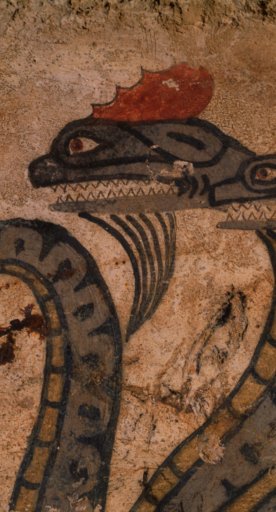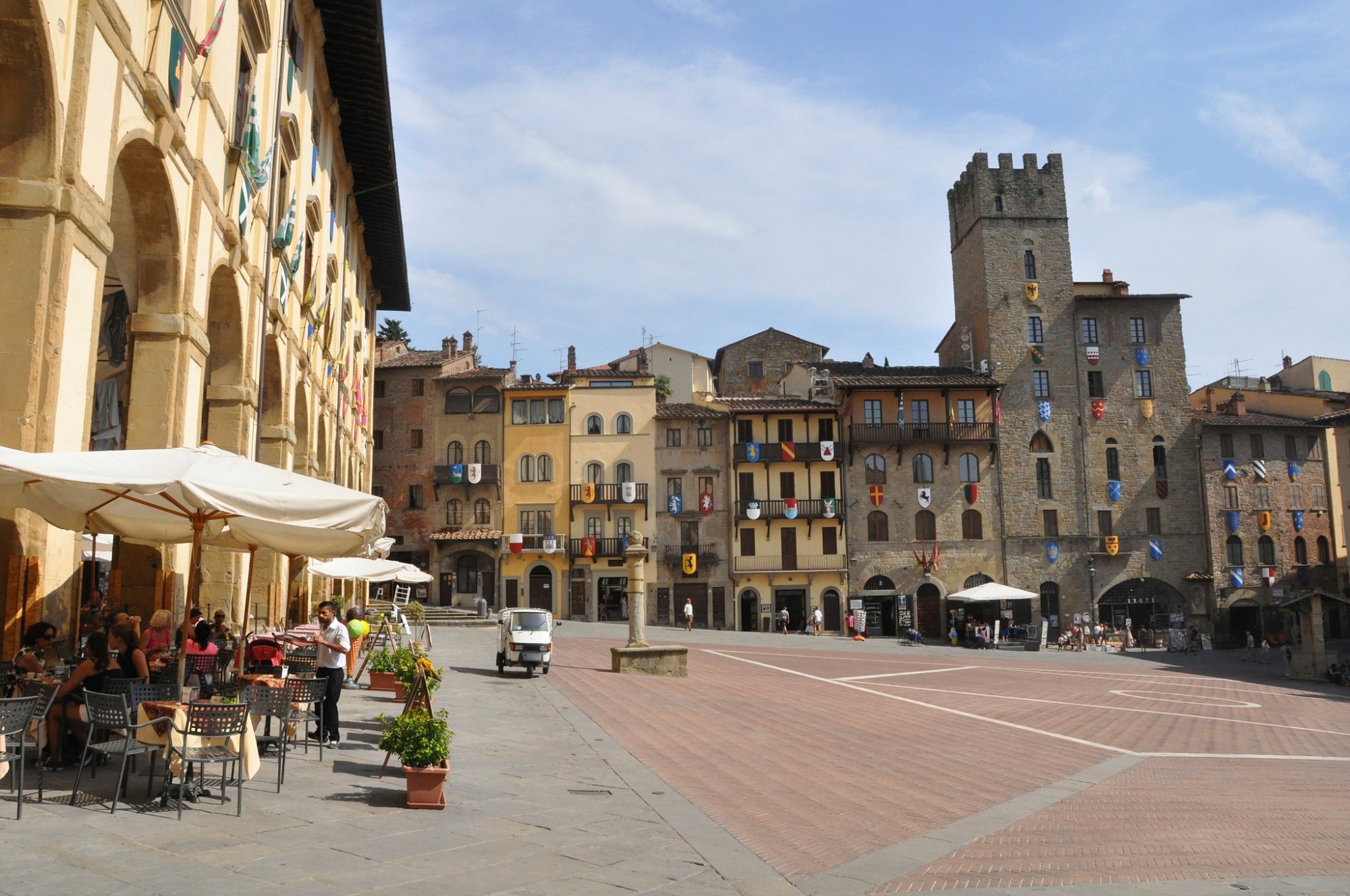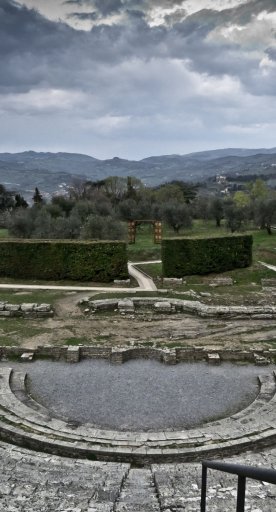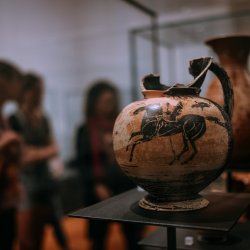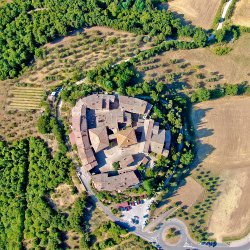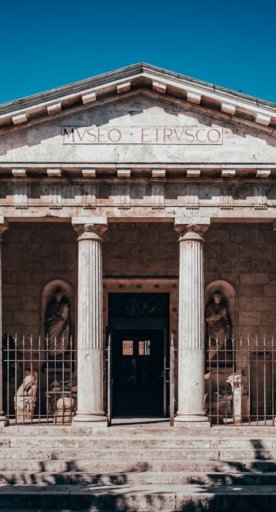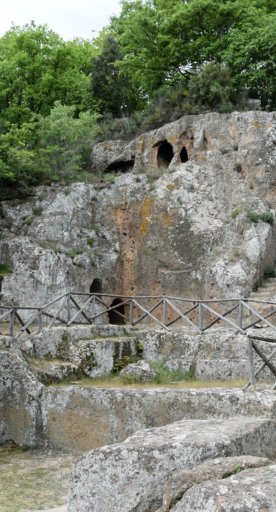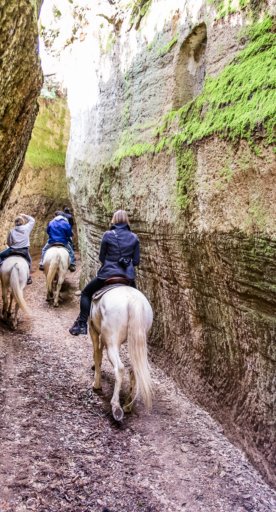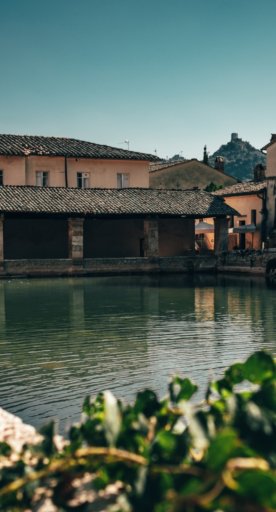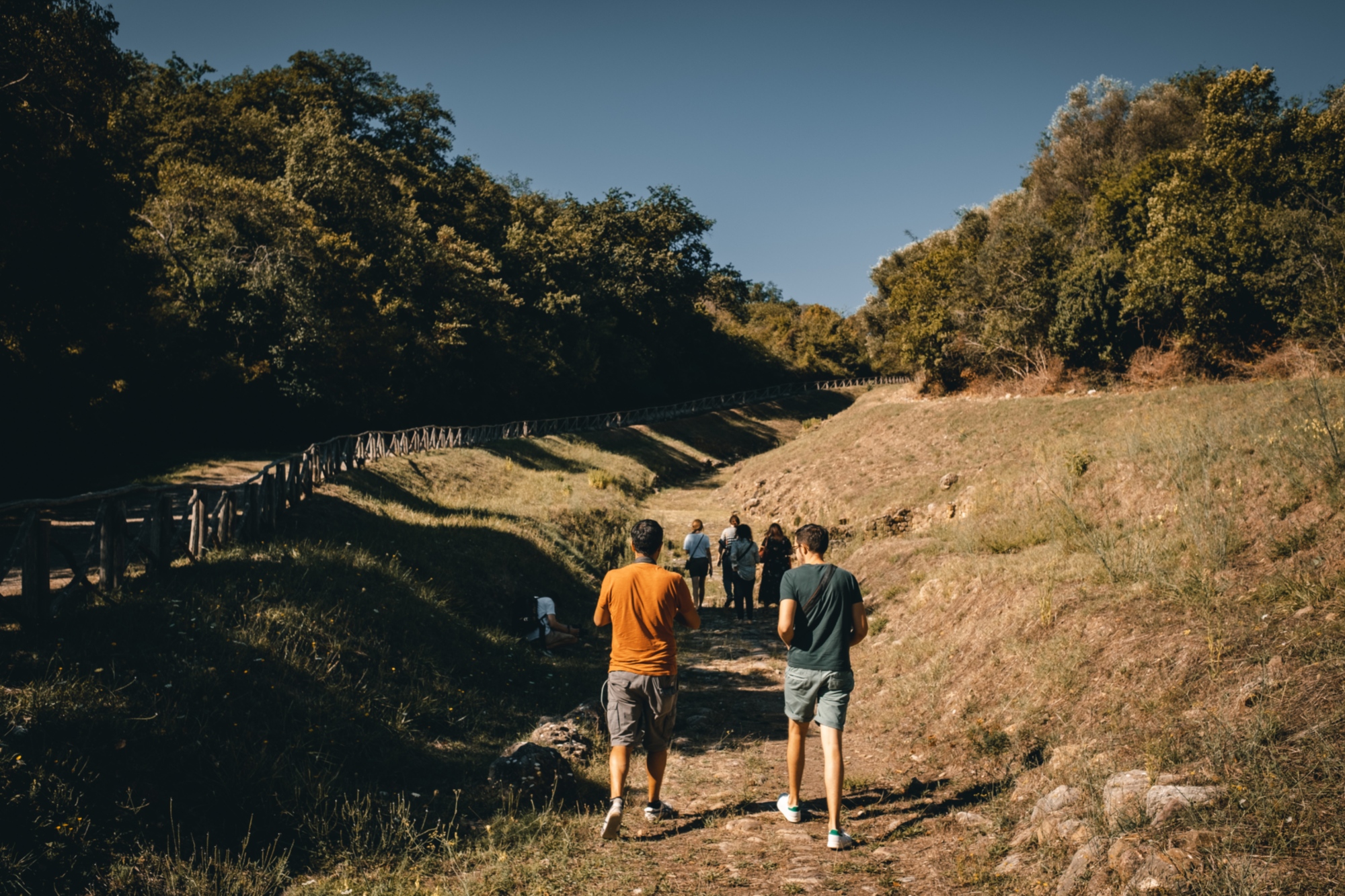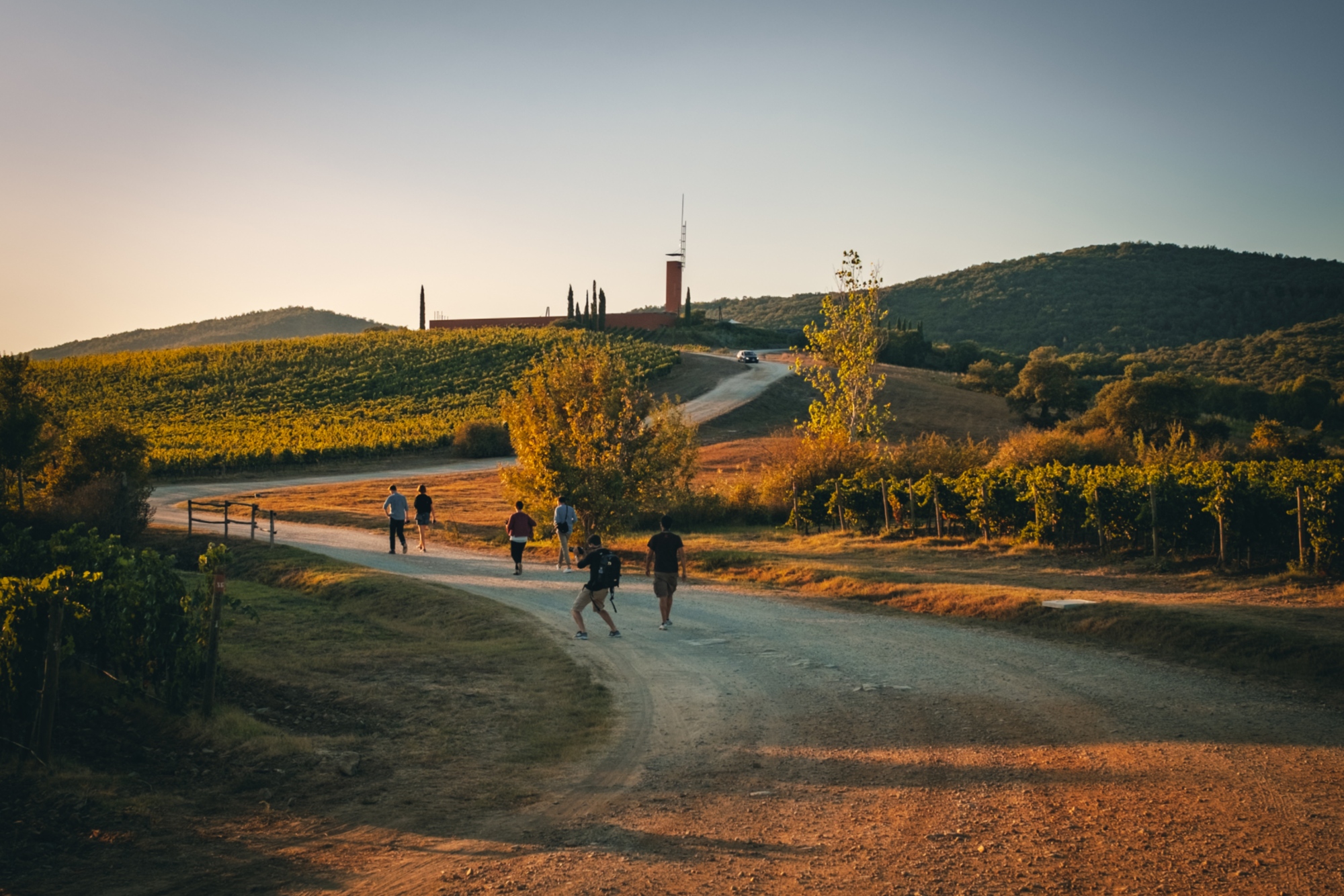
One of the most fascinating and enigmatic peoples of antiquity, the Etruscans left valuable traces on Tuscan soil.
Their country of origin is unknown, but from the 9th to the 1st century B.C. they settled in central Italy between the Arno and Tiber rivers and here founded a refined and powerful civilization, that extended its rule from Tuscany to the Po Valley and Latium.
Lovers of art, especially in terracotta and metalworking, they left behind splendid artistic works, along with towns and villages that still preserve the imprints of their passage. Tuscany is home to six of the twelve cities that made up the Etruscan Dodecapolis and hold valuable evidence of this civilization.
Chiusi was one of the main Etruscan cities, and numerous burials...
Start your discovery













